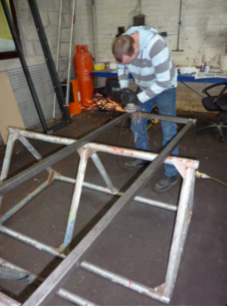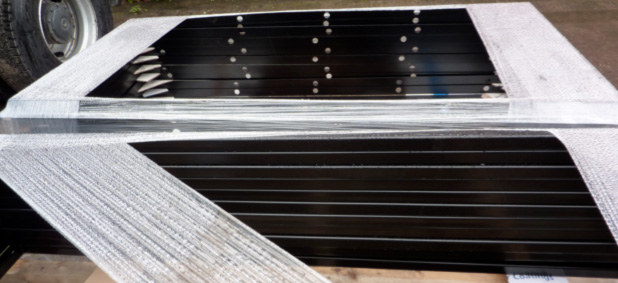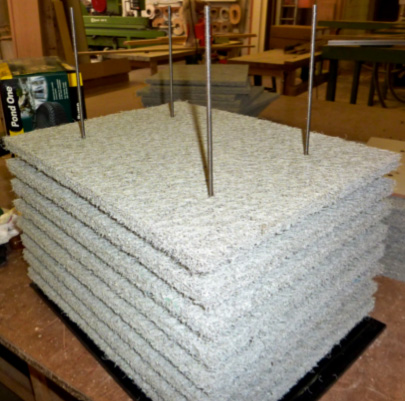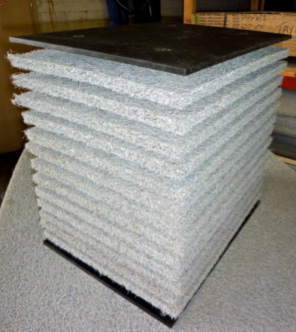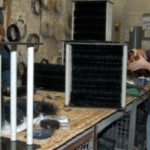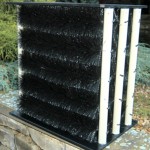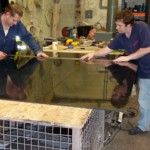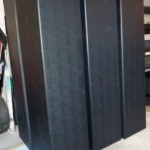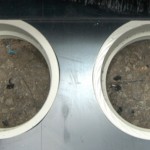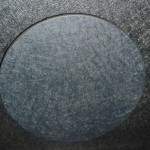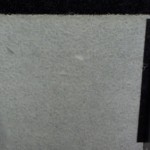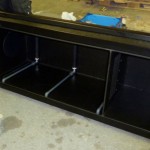The making of ERIC filter systems
These units are the very FIRST I have offered for sale and I am completely satisfied with the end results but they could not have reached the perfection they are today without the practical mistakes an experiences that cannot be seen on any line drawings. Instead everything has to be put to the test when the unit is finally running.
Although there are only three main companies who produce the main items of the finished ERIC units there are at least a dozen other smaller companies and without their products the rest of the unit would be just about useless.
‘Cutting Corners’ and ‘Making Things Do’ have never been attractive roads to take for me. I will give just one example here although there are many more in my finished ERIC units.
(Of course I could have used UPVC flanged fittings to the base of the box with the aid of neoprene gaskets, steel backing rings and bolts but this assembly would not allow me to remove ALL water to waste when carrying out a discharge because the assembly stands above the base of the unit leaving some water remaining. For the penny-pinchers reading this, I could also have used the cheap plastic 110mm bolted fittings as seen in all the budget units available elsewhere – alas, these would have collapsed at the first pull of a standpipe! )
INDEX
- The Production
This single cost example indicates the quality of all items used in the production of all ERIC units….
- Conclusions
As you can see, I do not have a machine endlessly spitting out boxes from a given mould that regulates all dimensions …
The Production
This single cost example indicates the quality of all items used in the production of all ERIC units.
The pictures here show just some of what is involved in the production of ERIC filtration units.
The pre-cut divider wall can now be welded into the box after the simple sluice assembly has been fitted to the base of the wall.
The end of the standpipe is machined to take a ¼” diameter rubber ‘O’ ring and a thin coat of Vaseline is applied as a ‘one-off’ treatment before the standpipe is used for the first time.
All units are fitted at the end wall of the box with a 1.5” or 2” polypropylene threaded outlet for connection to the water pump so that UPVC pipe work can be attached. The bore of this fitting can be specified when the unit is ordered with either a male or female thread connection.
The baffle is installed to surround the threaded outlet at dead centre in order to produce an equal pull around the entire diameter of the baffle.

